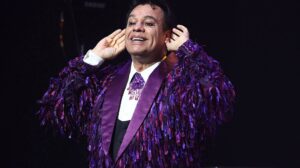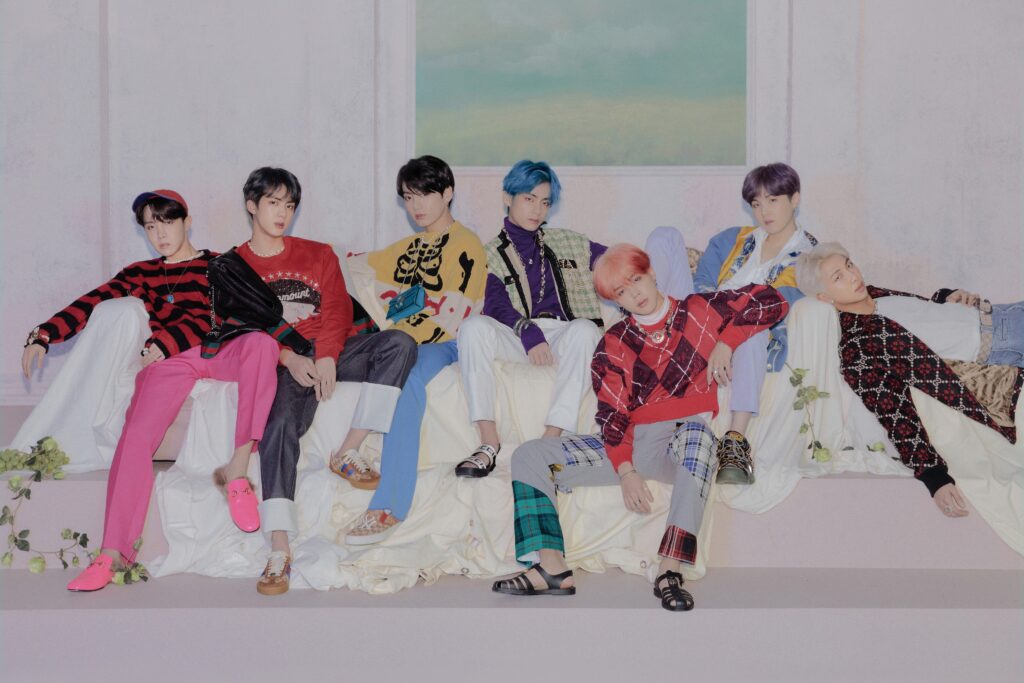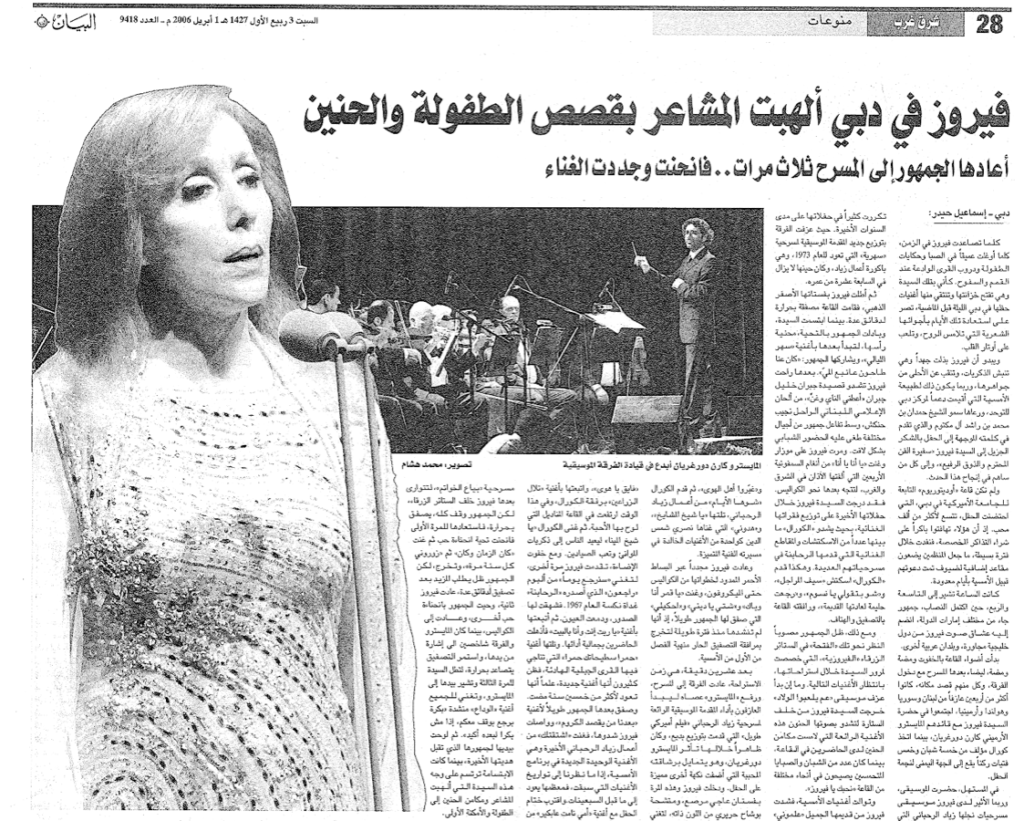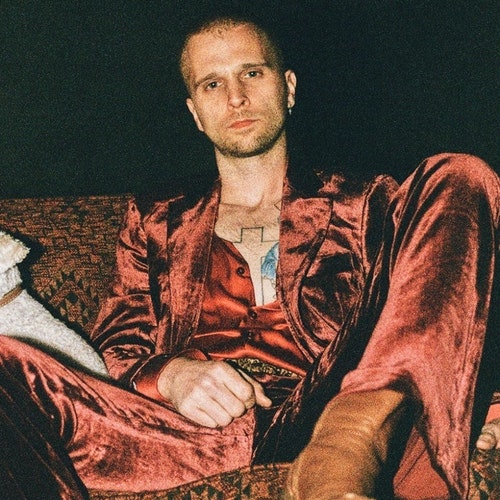Querida Nostalgia, Is Juan Gabriel back?
Written by Amy Serratos on December 13, 2018
Juan Gabriel is not dead, he’s just hiding in the Bahamas.
Juan Gabriel is… Back?
Declarations regarding one of Mexico’s greatest being back from the dead, allegedly, became public knowledge a few weeks ago. If you don’t keep up with Latin news or current events in general, then you may have missed the news that singer Juan Gabriel is presumably alive.
Two years ago, the Latin community was hit with the shocking news of Gabriel’s death. The icon and figurehead of both the bolero and Latin pop genres reportedly died of a heart attack back in August 2016. Recently, Joaquin Muñoz, Gabriel’s former manager, announced that Gabriel is in fact, alive and well. Muñoz claims his former client Gabriel faked his own death during a time when Gabriel was struggling with his health. Currently, there are no sources confirming this revelation. In fact, Gabriel’s family disavow Muñoz and claim that his statements are nothing more than lies to garner public attention for his upcoming book release.

Juan Gabriel | Photo by Claudio Poblete
The news surrounding Gabriel was live and in a matter of only seconds, my parents were on the phone. I never imagined that in 2018 I would read “Juan Gabriel is alive.” I surely believed this revelation would shock my parents who have been listening to the Mexican icon for over four decades, but the phone call was anticlimactic. Upon hearing the news, my parents responded, “Well, of course, he’s alive! We’ve been known.” Their response was a bit disappointing. How were they not surprised? How could they have known?
My parents and many others’ beliefs were rooted in their recollection of Gabriel’s funeral arrangements. My parents argued that Gabriel’s funeral lacked the grandeur the celebrated pop artist deserved. Additionally, there was no burial. They mentioned how, although the funeral was big and impactful to many, other Mexican icons had much more elaborate funerals with celebrations to mourn the singers. Among the icons with detailed funerals are Selena Quintanilla and Jenni Rivera. It seemed as though my parents and others also wished to witness an open-casket in order to confirm the news that their idol was truly gone. My parents were not alone in their beliefs. I spoke to a few of my coworkers who held similar points of view. None of the people I spoke to were as shocked as I was. Trusting Muñoz, they believed the singer they looked up to for so many years was indeed alive.
Even if Munoz’s claim holds absolutely no validity, and Gabriel remains, in fact, dead, they still provide the perfect opportunity to discuss Juan Gabriel and his long-standing accomplishments. If this staggering news doesn’t seem appealing, you might want to draw your attention towards Juan Gabriel for a number of other reasons.
Gabriel y La Raza
Juan Gabriel remains an icon within the Latin community. Despite being deceased (doubtfully), his songs continue to resonate among listeners and be played in all sorts of occasions. This shows just how much of an impact the Mexican artist made on his fans. His music produced iconic anthems of Latin heritage and culture.
Songs from this legend seem to follow me and other Latinx listeners as they exhibit some of the most impassioned and uninhibited emotions in music. Especially sung in my native language, Gabriel’s songs seem to sound more romantic and idyllic in nature. His words possess an amorous and sensitive tone that simply cannot reach the Latinx community if sung in any other language. The feeling would be lost in translation. To this day, I hear Juan Gabriel’s songs play everywhere, especially when I visit my family back home.

Juan Gabriel | Photo by JC Olivera
Gabriel lived to become one of the most flamboyant Latin musicians both in character and in performance; he was the diva of Latin pop. His music consists of romantic and emotionally charged topics centered around his love life. Not every single song includes a dismal story concerning his life and losses; some of his songs’ main focus is the musical style itself. He composed lyrically and rhythmically pleasing songs that are enjoyable in any context. Overall, his discography models a Latin pop sound. Many of Juan Gabriel’s songs remain some of the most loved and admired songs in the U.S. and Latin America.
As mentioned before, common themes across his music include pain, suffering, and loss. Juan Gabriel lived his songs. The very pain he endured helped him compose powerful lyrics that still evoke strong sentiments among listeners, especially Latinx listeners. Juan Gabriel suffered plenty. It doesn’t take a genius to figure that out, just a heart, soul, and a quick listen to know that the man faced a plethora of troubles in life. This man in all his fame became comfortable with his pain, took advantage of it, and ultimately benefited himself, others, and music. Juan Gabriel is admirable, to say the least.
Gabriel’s compositions fall under the Latin pop genre and even incorporate the bolero musical style. Gabriel’s songs, such as his famous and ardently passioned “Querida” (hence the article’s title), contain topics of struggles that listeners either find either relatable or compelling. His incorporation of the bolero rhythm propelled and further popularized this particular musical style.
Beginning his career in the ’70s, Juan Gabriel was an integral part of the rise of contemporary Latin music. He aided in fostering a cluster of Latinx artists. Among these popular artists were José José, Santana, Luis Miguel, Pedro Fernandez, and many others. These artists helped push a Mexican and Latin identity through music. Juan Gabriel became the quintessential Latin pop artist of his time (and mine) and helped galvanize a contemporary Latinx soundscape. The same soundscape also serves as a time capsule of Latin sound that goes as far back as the ’80s and ‘90s. Gabriel’s music spearheaded Mexican popular music in the late ’90s and fostered a sense of Mexican identity and representation on on an international scale.
The Inspiration That Was and Remains
Spanish singers admired the lively artist. They lauded his work with covers and collaborations. Singers who followed Gabriel’s footsteps and covered his songs have risen to be some of the most prominent Hispanic singers in the industry. Men were not the only ones to ascend fame and become archetypal Latin pop artists. Spanish artists such as Rocio Dúrcal and Isabel Pantoja (who auspiciously covered Gabriel’s songs) surfaced as female icons of Spanish music. Creating a platform where talent could rise and sing romantically dense songs, Gabriel aided in providing women with the platform to demonstrate that they too excel in sounds and emotion in music and within the Spanish musical cluster.

Juan Gabriel at the Latin Grammy Awards | Photo by Mark Ralston
To this day, his approach to creating music distinguishes him from other popular Latin musical artists. Juan Gabriel’s music does not unequivocally fall within the transnational genres common among the U.S. and Mexico border regions. His personal formulations come together and represent Gabriel and his fans on a world stage. Gabriel’s musical style veers from the politically charged themes that build much of the popular transnational banda and corridos’ content. These genres, originating in the late 19th century, include ballads discussing heroes and societal affairs. On the contrary, Gabriel’s music takes a more intimate approach. He mixed the traditional bolero style with his own new sounds and created powerful music emblematic of his personality and identity. These same songs, profound in content, continue to touch listeners’ hearts.
Who Gabriel was, and continues to be, remains central to his Mexican and Latinx listeners’ cultures. Many people, including my dad, claim that Gabriel’s songs and struggles weigh heavily on them. Gabriel’s compositions seem to express struggles parallel to the ones my Mexican father and others faced. This is predominantly why people continue to play Gabriel’s sounds after all these years. His words fill his devoted fans’ hearts and illustrate a distinct proud feeling of Hispanic heritage.
Whether the six-time Grammy nominated artist is back from the dead or not, his music is still alive and continues to touch the hearts of many across the globe. You can still hear his popular songs played on various Latin music stations, a cousin’s quinceanera, or in a Hispanic household on cleaning day. Gabriel’s music not only signifies his cultural importance and influence but also demonstrates how Gabriel took part in creating an identifying marker for popular Mexican sound.
Juan Gabriel and his sentiments live on. Here’s a playlist of some of his and other bolero and Latin pop artist’s most popular songs (including some of my favorites).





